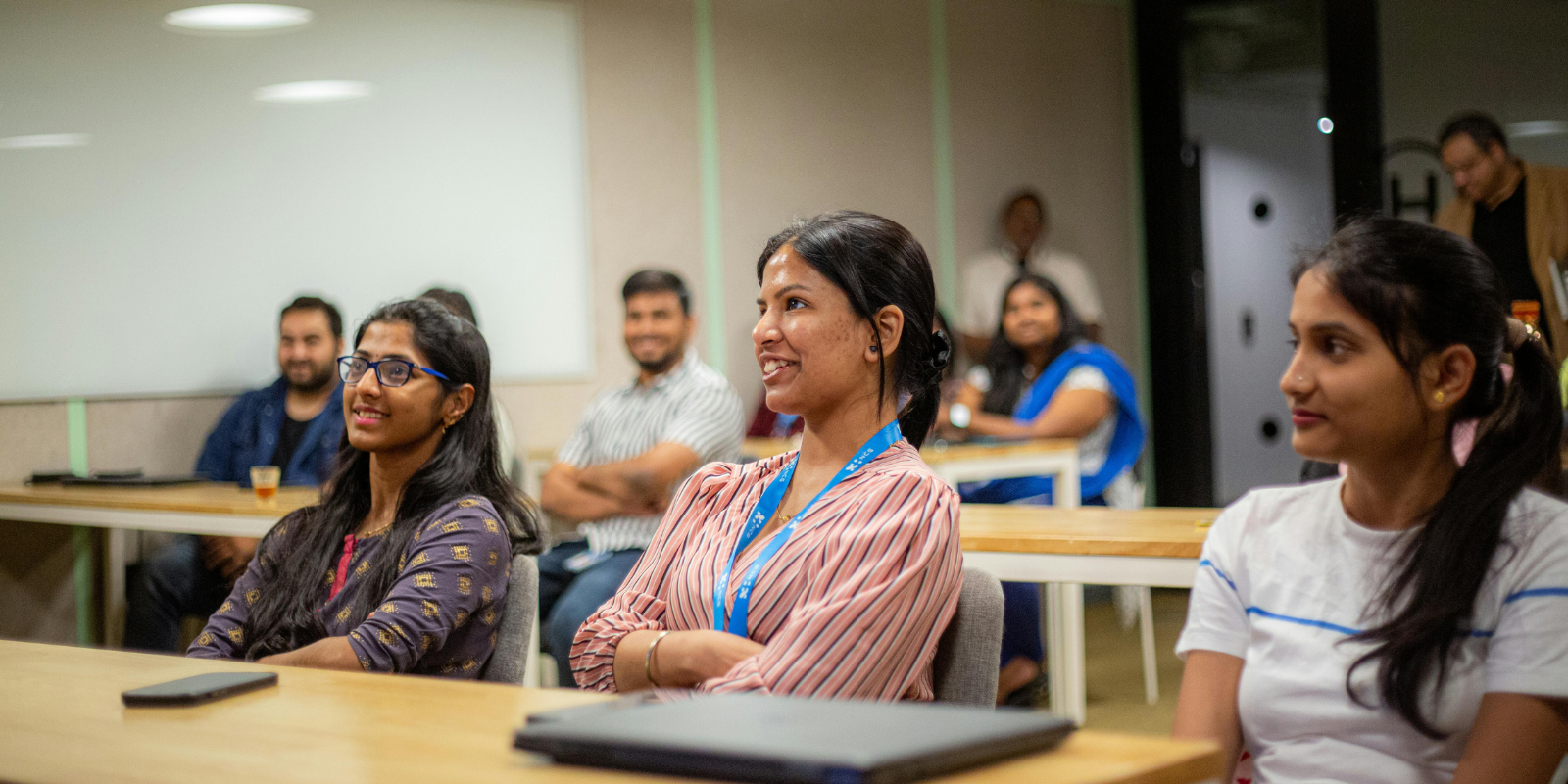In today’s competitive business environment, retaining top talent has become just as critical as attracting it. While recruitment often takes the spotlight, employee retention directly impacts organizational stability, productivity, and profitability.
Challenges in Manpower Services Today
Every successful business rests on a strong foundation of human capital. Machines, processes, and technologies may enhance performance, but it is people who bring creativity, problem-solving, and execution to life.
Develop Scenario Planning to Manage Risks
Uncertainty has become the hallmark of today’s global economy. From sudden market crashes to natural disasters, from regulatory shifts to technological breakthroughs, the business world is filled with unpredictable events that can disrupt operations overnight.
Foster a Culture of Continuous Learning
In the modern business world, change is constant. Technology evolves, customer expectations shift, and competition grows fiercer every day. For organizations and individuals alike, standing still is no longer an option. To thrive in this fast-paced environment, businesses must foster a culture of continuous learning—an environment where employees are encouraged, supported, and empowered to learn, adapt, and grow at every stage of their career. A culture of continuous learning goes far beyond providing occasional training sessions or compliance courses. It’s about embedding curiosity, innovation, and knowledge-sharing into the very fabric of an organization. Companies that embrace this mindset not only upskill their workforce but also create a dynamic, resilient, and future-ready business. Why Continuous Learning Matters The shelf life of skills is shrinking rapidly. According to global workforce studies, many technical skills are outdated within 3–5 years. Roles are evolving, and new technologies are transforming industries. For example: Without continuous learning, employees risk becoming stagnant, and businesses risk falling behind competitors. On the other hand, organizations that prioritize learning benefit from: Building Blocks of a Learning Culture Creating a culture of continuous learning doesn’t happen overnight. It requires strategy, leadership commitment, and consistent reinforcement. Here are the essential pillars: 1. Leadership Commitment Culture starts at the top. Leaders must model curiosity, openness, and a willingness to learn. When managers take part in training, share their learning journeys, and encourage their teams to explore, it sets a powerful example. 2. Accessible Learning Opportunities Employees should have easy access to training, whether through e-learning platforms, in-person workshops, or peer-to-peer knowledge sharing. Microlearning—short, focused lessons—works particularly well for busy professionals. 3. Integration into Workflows Learning should be part of the job, not an additional task. Embedding learning into daily workflows—such as project debriefs, team huddles, or innovation sessions—ensures continuous growth without overwhelming employees. 4. Encouraging Curiosity and Experimentation Mistakes should be seen as learning opportunities, not failures. When employees are free to experiment, innovate, and ask questions, they develop problem-solving skills and resilience. 5. Recognition and Rewards Celebrate learning achievements. Recognizing employees who upskill, share knowledge, or mentor others motivates the entire workforce to engage in learning. The Role of Technology Technology is a powerful enabler of continuous learning. Learning Management Systems (LMS), AI-driven recommendations, and digital platforms have made education more personalized and accessible than ever. For example: By investing in digital learning tools, organizations create scalable and efficient learning ecosystems that fit modern work patterns. Benefits of a Continuous Learning Culture 1. Agility in a Changing World Organizations that foster continuous learning can pivot quickly when markets shift. Employees are better prepared to embrace new tools, processes, or strategies. 2. Employee Empowerment When employees are given resources to learn, they feel empowered to take ownership of their careers. This builds confidence and commitment. 3. Knowledge Retention and Sharing A learning culture ensures that institutional knowledge doesn’t stay siloed. Experienced employees can mentor others, creating a cycle of shared expertise. 4. Competitive Advantage Companies that prioritize learning become innovation leaders. They can bring new products, services, and solutions to market faster. 5. Talent Attraction and Retention Top talent gravitates toward organizations where growth is a priority. A strong learning culture improves employer branding and reduces attrition. Strategies for Implementation To foster a culture of continuous learning, organizations can take practical steps: Examples of Successful Learning Cultures These examples highlight how global organizations embed learning into their DNA, setting benchmarks for others to follow. Overcoming Challenges While the benefits are clear, building a culture of continuous learning comes with challenges: To overcome these, organizations should start small—pilot programs, micro-courses, or leadership-led learning initiatives can create momentum before scaling. The Future of Workplace Learning Looking ahead, continuous learning will only grow in importance. As automation takes over routine tasks, human skills like creativity, collaboration, and adaptability will become more valuable. Hybrid and remote work models will require digital-first learning approaches. Personalized, AI-driven platforms will tailor learning journeys to each individual, making development more efficient and engaging. Organizations that fail to invest in learning risk being left behind. Those that succeed will not only build stronger businesses but also create workplaces where employees feel inspired to grow every day. Conclusion Fostering a culture of continuous learning is no longer optional—it’s a necessity. In a world defined by change, organizations must equip their people to learn, unlearn, and relearn. By embedding curiosity, providing accessible opportunities, and celebrating growth, companies create an environment where individuals thrive and businesses flourish. A true learning culture doesn’t just prepare employees for the jobs of today—it empowers them for the challenges and opportunities of tomorrow. In doing so, it ensures that organizations remain agile, competitive, and resilient in an unpredictable future.
Workforce Flexibility Driving Business Growth
The modern business environment is defined by uncertainty, rapid technological innovation, and shifting consumer demands. To thrive, organizations must constantly adapt—reshaping strategies, structures, and even their workforce.
Transforming Temporary Jobs into Careers
For many years, temporary jobs carried a stigma. They were often seen as short-term fixes—roles people took when nothing else was available.
Bridging Gaps with Contract Staffing
The business world today is marked by constant change, unpredictable markets, and ever-growing demand for specialized skills.
Short-Term Staffing, Long-Term Success
In today’s fast-changing business world, adaptability is everything. Organizations face constant shifts in demand, economic uncertainty, and rapid technological innovation. Amid these challenges, companies are rethinking how they manage their workforce.
From Temporary Roles to Permanency
The world of work is constantly evolving. Organizations are no longer rigid in their hiring practices, and employees are seeking flexibility as much as stability.
The Hidden Engine of Business Success
When people look at successful companies, they often focus on visible elements—the brand identity, innovative products, or charismatic leaders.











